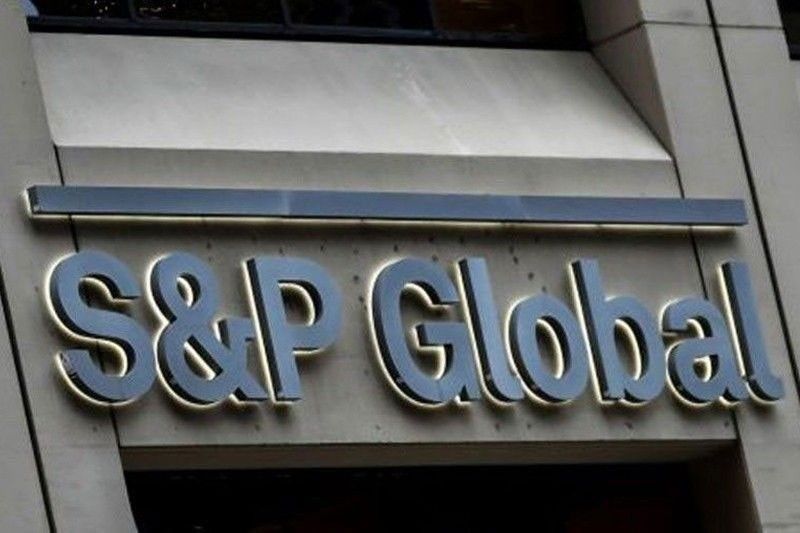Bank lending seen to resume growth

S&P expects credit recovery this year
MANILA, Philippines — S&P Global Ratings expects Philippine banks to build up their lending portfolio again this year after slumping for the first time in 14 years in 2020 due to uncertainties brought about by the COVID-19 pandemic.
Nikita Anand, associate director at S&P, said in a webinar that the projected five to eight percent growth in bank lending would reverse the one percent contraction last year brought about by a combination of subdued corporate demand and banks’ risk aversion.
“(On a) month-on-month basis, there was a growth in total loans compared to several continuous months of contraction prior to that. And really this contraction is a combination of subdued current demand especially from corporates, and in general, banks being risk averse and prioritizing asset quality management at this point,” she said.
Anand added banks would remain cautious and asset quality preservation remains a priority as economic outlook is still a bit uncertain amid the global health pandemic.
“A lot will depend on the COVID vaccinations. It will be key to lifting up domestic consumption as well as economic activity,” she said.
Latest data from the Bangko Sentral ng Pilipinas (BSP) showed loan disbursements by big banks contracted for the second straight month, declining by 2.4 percent to P8.95 trillion in January, deeper than the 0.7 percent drop recorded in December.
This was the biggest slump in bank lending in more than 14 years or since the 2.9 percent contraction booked in August 2006 despite the aggressive easing that saw interest rates drop by 200 basis points to an all-time low of two percent last year.
“What we are building right now is a five to eight percent growth as it is coming off a very low base last year. The expectation is that it will be much better in the second half than the first half,” Anand said.
According to the debt watcher, the government introduced a P120-billion loan guarantee program for working capital loans to micro, small and mid-sized enterprises (MSMEs) covering 50 percent of any future losses.
Likewise, state-run Development Bank of the Philippines (DBP) and Land Bank of the Philippines reported recent high credit growth in their MSME portfolios.
On the other hand, private banks’ response to the program has been lukewarm, a sign of risk aversion.
Anand said the non-performing loan (NPL) ratio of Philippine banks is expected to rise further to six percent this year from 3.6 percent last year as the asset quality of the industry deteriorates further in the coming quarters as banks recognize the full brunt of the pandemic.
S&P does not expect the industry to reach pre-pandemic financial performance until 2023.
“This year banks will grapple with a sluggish revival of credit demand and increasing NPLs. We expect only a mild recovery in profitability,” Anand added.
Latest data from the BSP showed the NPL ratio of Philippine banks eased to 3.61 percent in December after accelerating for 11 straight months to 3.78 percent in November.
This was the highest gross NPL ratio since the 3.48 percent booked in January 2013. Data prior to 2013 are not consistent with the Department of Supervisory Analytics as the financial reporting package started that year.
“We expect NPLs to spike in the first quarter of 2021 as loan moratoriums and fiscal support are phased out. Moratoriums and restructuring helped borrowers with liquidity shortfalls and prevented defaults. Moreover, banks have actively restructured loans to help small businesses and consumers,” Anand said.
Anand pointed out higher provisioning would help the industry absorb the jump in the NPL ratio as capital buffers are sufficient if recovery stays on track and supported by improving profitability.
“Capital buffers are sufficient if recovery stays on track and will be supported by improving profitability,” Anand said.
Credit costs, as measured by annualized loan loss provisions, are set to stay elevated this year at 1.5 to 1.8 percent of total loans.
S&P is looking at a bounceback from the pandemic-induced recession with a gross domestic product (GDP) growth of 9.6 percent this year after a record contraction of 9.5 percent last year.
- Latest
- Trending





























